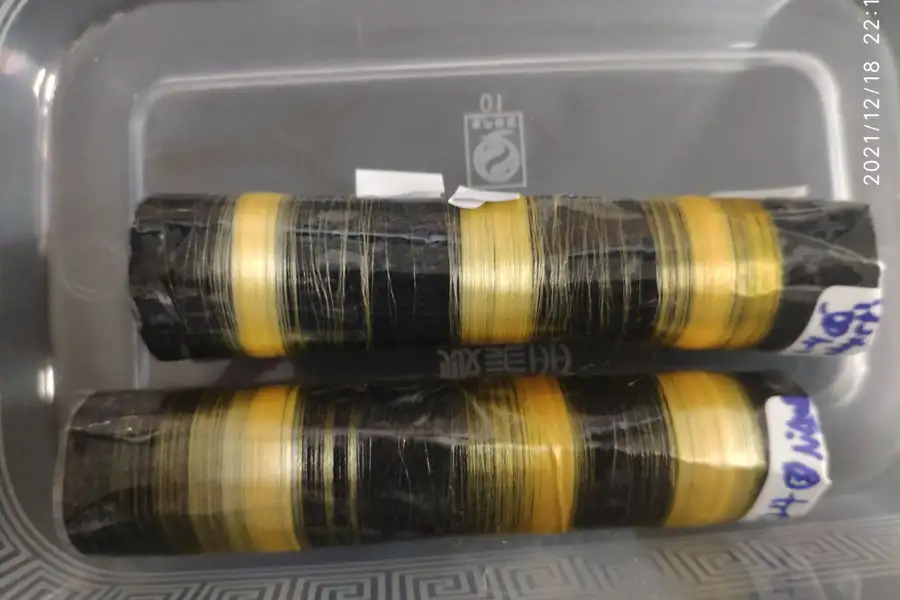Genetically Engineered Silkworms Produce Spider-Quality Silk, Six Times Tougher Than Kevlar.
A team of scientists at Donghua University in China has achieved a groundbreaking feat in biomimetics by using CRISPR gene-editing technology to modify the DNA of silkworms, resulting in the production of spider-quality silk. The genetically engineered silkworms have generated fibers that are six times tougher than Kevlar, a synthetic material often used in bulletproof vests and other high-strength applications.
Spider silk is renowned for its exceptional strength and toughness, qualities that synthetic fibers struggle to replicate. However, the challenge with spider silk lies in the difficulty of farming and cultivating spiders. In contrast, silkworms have long been used in textile production due to their ease of farming. Nevertheless, their silk has traditionally been fragile and limited in its applications.
The innovative approach taken by the Donghua University researchers involved extracting genes from Araneus ventricosus, an East Asian orb-weaving spider known for its robust silk. These complex genes were then inserted into the egg cells of silkworms. The outcome was a remarkable transformation, as the genetically modified silkworms began producing silk of unprecedented strength and durability.
The use of CRISPR gene editing to enhance silkworm silk production offers a sustainable alternative to synthetic fibers that can have detrimental environmental impacts. Traditional methods of textile manufacturing often rely on resource-intensive processes, while the genetically engineered silkworms pave the way for a more eco-friendly and efficient solution.

While this achievement is a significant stride toward large-scale production of artificial spider silk, it’s essential to acknowledge the complexity and intricacy of the procedure. The process involves hundreds of thousands of microinjections and demands a considerable amount of time, technical expertise, and labor. Nonetheless, this remarkable breakthrough holds immense potential for transforming the textile industry and reducing its environmental footprint.
As the world seeks more sustainable solutions in various industries, the development of ultra-strong silk through biomimicry presents an exciting opportunity for the textile sector. This innovation aligns with the principles of responsible production and consumption, offering a glimpse into a future where sustainable materials can replace traditional synthetic fibers.
Resources:
1.https://www.freethink.com/hard-tech/spider-dna-silkworms-kevlar
4.https://phys.org/news/2023-09-spider-silk-spun-silkworms-green.html